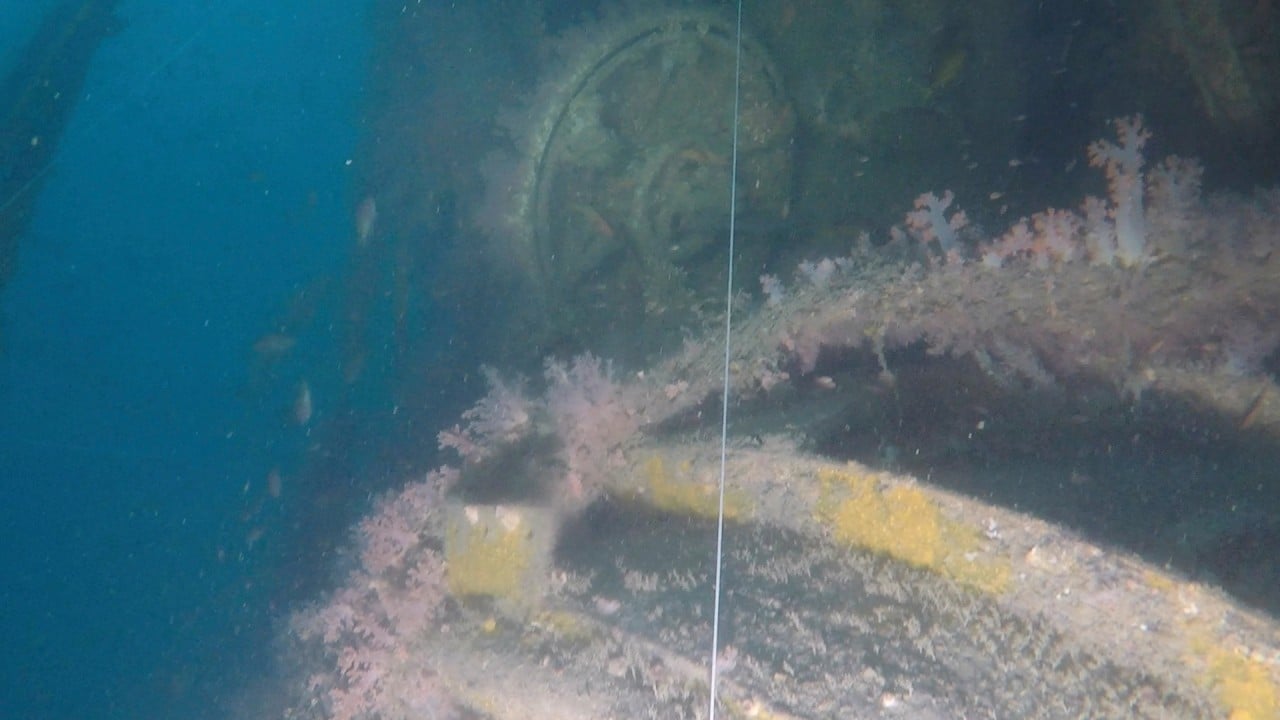“In recent years, there has been an increasing demand for small underwater mobile platforms for near-seabed acoustic observation and surveying,” Zhu said in a peer-reviewed paper published in the Chinese academic journal Applied Acoustics on February 5.
The direction and frequency of the sonic beams can be quickly adjusted, and when high-frequency sound waves converge in one direction, they can even penetrate the soil of the seabed or the outer wall of a submarine, achieving high-resolution detection of hidden targets, the researchers said.
Ultrasonic energy can also be absorbed and converted into mechanical pressure by the human body, leading to physiological reactions such as blurred vision and nausea. If such energy was directed at a submarine, the crew might be forced to end a mission or withdraw from a particular area.
But China only has one-third the number of aircraft carriers that the US has. China’s military has been attempting to narrow its gap with the US in traditional weapons and equipment by using low-cost, technologically advanced unmanned smart weapons.
At the same time, as land-based sources of minerals and other natural resources no longer meet China’s growing demand, the Chinese government plans to produce a fleet of underwater robots for seabed resource exploration and mining.
“Current sonar phased array detection capabilities are weak, bulky and heavy, and not suitable for small platform deployment,” Zhu and his colleagues wrote in the paper.
Traditional sonar systems are only capable of simple functions and have one sending and receiving unit, while phased array sonar are designed to be more sensitive, with multiple units that can generate different sound waves and superimpose them in a certain direction to form a strong beam with high intensity and directivity.
However, each unit for phased array sonar requires independent circuitry and drive channels, resulting in a larger volume and weight.
Scientists and engineers around the world have been working to shrink the size of phased array sonar systems. Some German products already measure less than 1 metre (3.28 feet) in length and weigh about 100kg, but they are still too large for small unmanned submersibles, according to Zhu’s team.
To further reduce the size of the new sonar, Zhu’s team used an unknown type of semiconductor power amplifier to convert the signals into higher power levels. The reduced volume of the sonar unit circuit allowed the researchers to pack 40 independent units into a small space.
China names submariner Hu Zhongming as top PLA Navy commander
China names submariner Hu Zhongming as top PLA Navy commander
Positioning such highly integrated electronics in such a compact space is risky because the sonar could overheat and malfunction, however Zhu’s team claimed to have “conducted long-term stress testing to verify its stability and reliability”.
The paper did not discuss safety considerations of the sonar or its potential impact on marine life. Like mainstream military sonar, a significant portion of the operating frequency of phased array sonar overlaps with the songs, sounds and calls used by whales.
The Chinese navy denied the allegation, and said the source of the interference may have come from a nearby Japanese warship.
High-powered high-frequency sonar produces ultrasonic waves that far exceed the frequency range of the human ear but may cause harm to the brain and internal organs.



